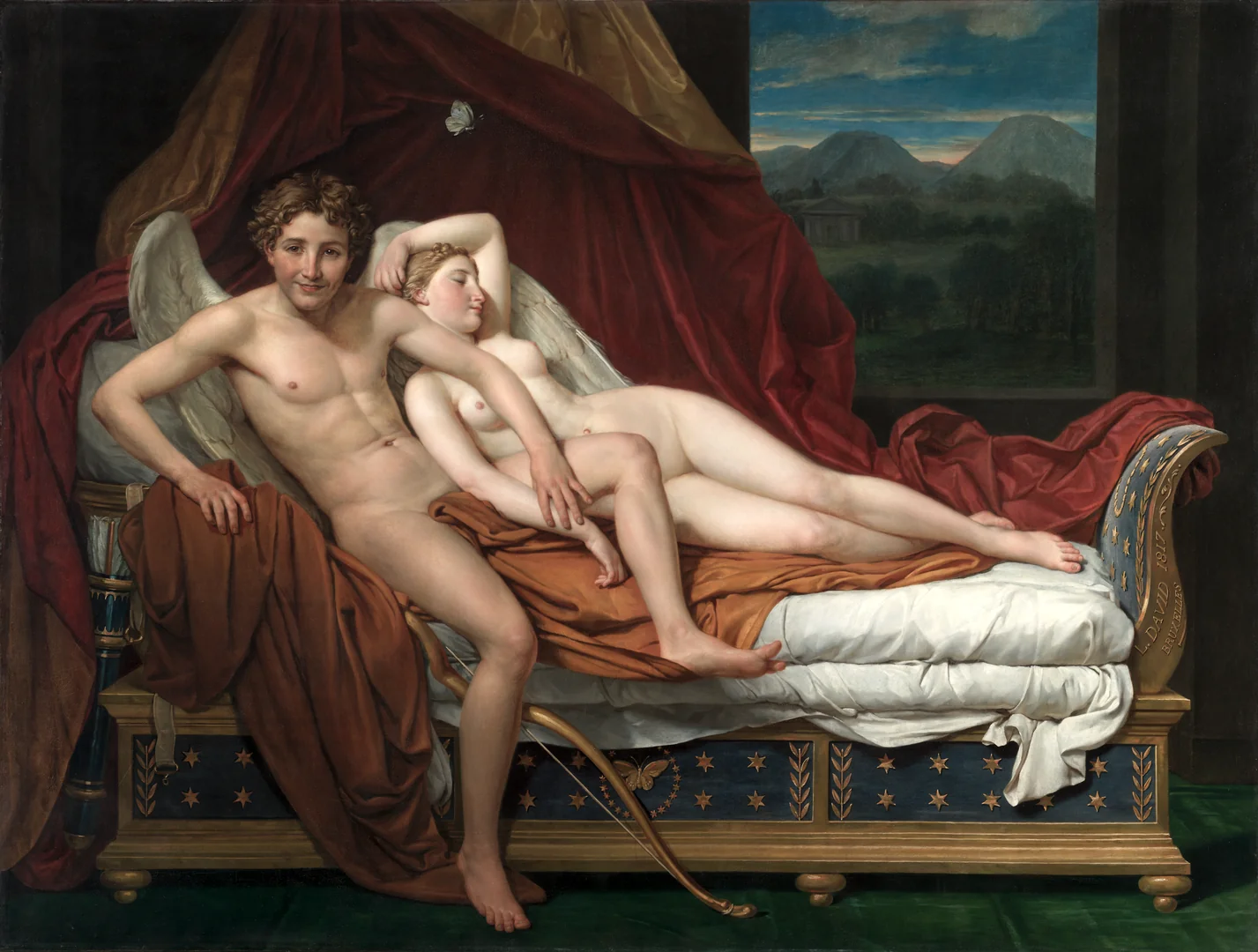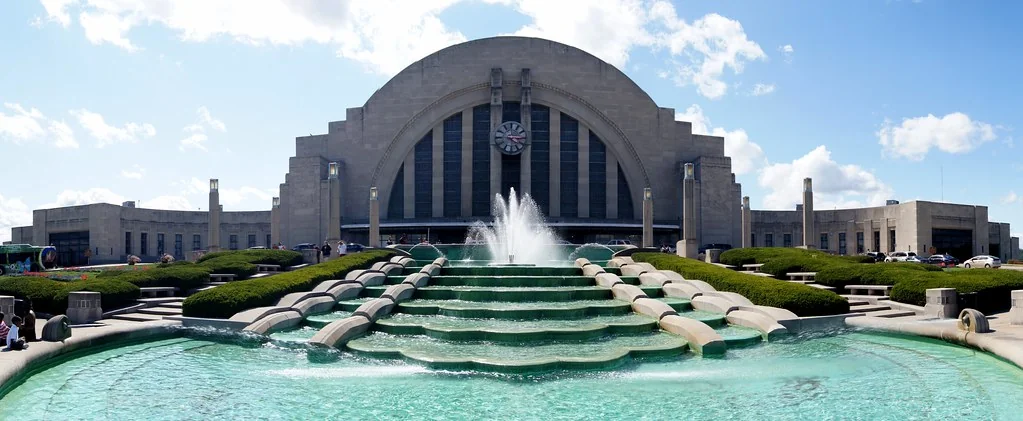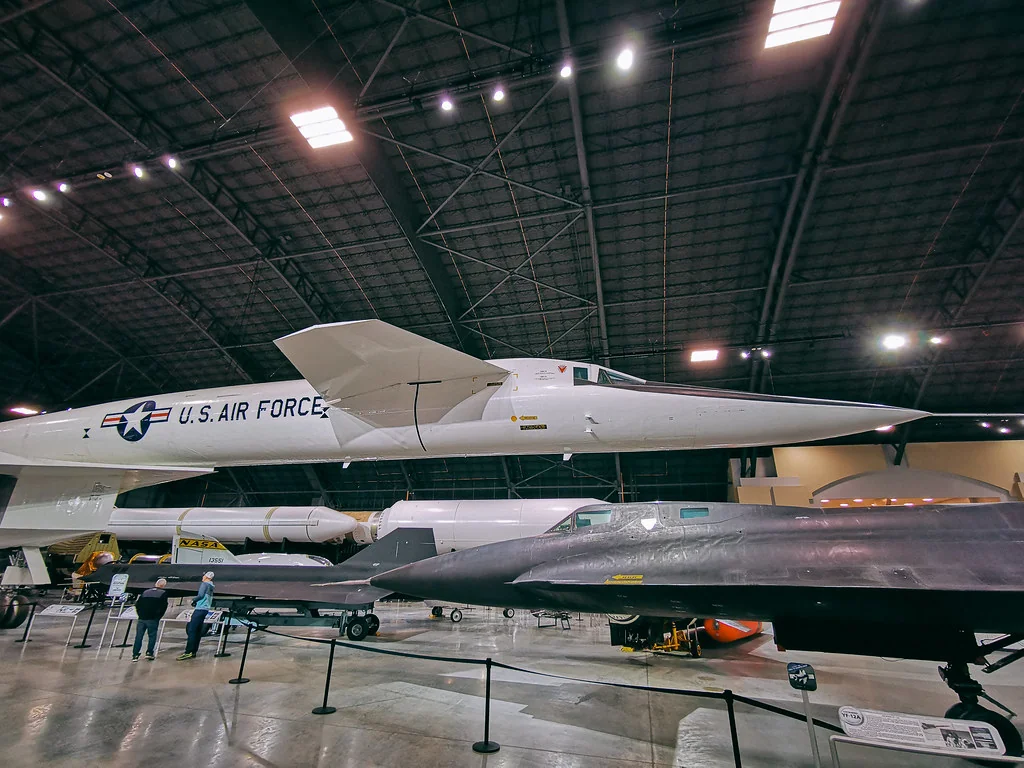The 3 Best Museums in Ohio: A Guide to the State's Premier Cultural Institutions
Ohio's cultural landscape offers some of the nation's most impressive museum experiences, each telling a different chapter of American creativity, innovation, a

Ohio's cultural landscape offers some of the nation's most impressive museum experiences, each telling a different chapter of American creativity, innovation, and history. From world-class art collections that rival any international institution to pioneering science exhibits that inspire future generations, the state's premier cultural destinations provide visitors with unforgettable journeys through human achievement.
The Cleveland Museum of Art stands as a beacon of artistic excellence, housing treasures that span 6,000 years of human creativity. Meanwhile, Cincinnati's stunning Art Deco Union Terminal transforms a historic transportation hub into a multi-faceted exploration of natural history, science, and regional heritage. In Dayton, the National Museum of the United States Air Force preserves the complete story of military aviation with the world's most comprehensive collection of aircraft and aerospace artifacts.
These three institutions represent the pinnacle of Ohio's museum offerings, each providing distinct experiences that showcase different aspects of human knowledge and creativity. Whether you're drawn to Renaissance masterpieces, interactive science demonstrations, or the evolution of flight, these museums offer immersive experiences that educate, inspire, and entertain visitors of all ages.
Cleveland Museum of Art
The Cleveland Museum of Art has earned international recognition as one of America's finest art institutions, offering visitors free admission to explore one of the most comprehensive and distinguished collections in the world. Located in the heart of University Circle, this cultural gem houses more than 61,000 artworks spanning 6,000 years of human creativity, from ancient Egyptian artifacts to contemporary masterpieces.
The museum's collection strength lies in its exceptional breadth and quality across multiple periods and cultures. The medieval art collection ranks among the world's finest, featuring illuminated manuscripts, religious sculptures, and decorative arts that transport visitors to another era. The European paintings galleries showcase works by masters including Monet, Renoir, and Van Gogh, while the American collection chronicles the nation's artistic evolution through paintings, sculptures, and decorative arts from colonial times to the present.
What sets Cleveland's museum apart is its innovative approach to visitor experience. The Gallery One installation revolutionized how people interact with art through technology, featuring a 40-foot multi-touch Collection Wall where visitors can explore thousands of artworks digitally before seeking them out in the galleries. This blend of traditional curation with cutting-edge technology creates an engaging experience that appeals to digital natives while respecting the timeless power of great art.
The museum's architecture deserves special mention, particularly following the completion of its major expansion and renovation. The original 1916 neoclassical building, designed by Hubbell & Benes, seamlessly integrates with Rafael Viñoly's contemporary additions, creating light-filled spaces that enhance the viewing experience. The central court, crowned by a dramatic glass roof, serves as the museum's social heart where visitors can rest and reflect between gallery explorations.
Educational programming extends far beyond traditional wall labels. The museum offers extensive family programs, including hands-on art-making activities and family tours designed to engage young visitors. Adult learners benefit from lecture series, curator talks, and in-depth courses that provide scholarly context for the collections. The museum's commitment to community engagement is evident in its partnerships with local schools and community organizations, bringing art education directly into Cleveland neighborhoods.
Special exhibitions regularly complement the permanent collection, featuring internationally significant loans that provide fresh perspectives on art history. These temporary displays often explore connections between historical and contemporary art, challenging visitors to see familiar works in new contexts.
The museum shop and café add to the overall experience, offering carefully curated books, gifts, and dining options that extend the cultural immersion. Free parking makes the museum easily accessible, while its location in University Circle places it within walking distance of other cultural institutions, including the Cleveland Orchestra's Severance Hall and the Cleveland Botanical Garden.
Cincinnati Museum Center at Union Terminal
Cincinnati Museum Center transforms one of America's most magnificent Art Deco buildings into an extraordinary museum complex that houses multiple institutions under one spectacular roof. The building itself, Union Terminal, represents a masterpiece of 1930s architecture and serves as both container and artifact, creating a unique museum experience where the architecture is as compelling as the collections within.
Built in 1933 as Cincinnati's passenger rail station, Union Terminal's soaring rotunda and distinctive semi-circular facade make it one of the most photographed buildings in Ohio. The terminal's design influenced everything from the Hall of Justice in the Superman comics to modern airport architecture, and walking through its restored spaces feels like stepping into a golden age of American design and optimism.
The Museum of Natural History & Science anchors the complex with exhibits that blend traditional natural history with interactive science education. The museum's cave simulation allows visitors to experience underground exploration without leaving the building, while the Ohio history exhibits chronicle the state's development from prehistoric times through industrialization. Paleontology enthusiasts will appreciate the extensive fossil collections, including specimens from Ohio's ancient past when the region lay beneath shallow seas.
The Duke Energy Children's Museum occupies a significant portion of the complex, creating hands-on experiences designed to spark curiosity in young minds. Interactive exhibits cover topics from water play to simple machines, allowing children to learn through experimentation and play. The museum's design recognizes that children learn differently than adults, incorporating climbing structures, tactile experiences, and collaborative activities that make scientific concepts accessible and exciting.
The Robert D. Lindner Family OMNIMAX Theater provides an immersive cinematic experience within Union Terminal's walls. The dome-shaped theater surrounds viewers with larger-than-life images and sound, making documentary films about nature, space exploration, and scientific discovery feel like personal adventures. The programming changes regularly, offering both educational content and entertaining experiences that complement the museum exhibits.
Cincinnati History Museum celebrates the region's rich heritage through permanent and rotating exhibitions. Visitors can explore a reproduction 1900s Cincinnati street complete with shops and period details, board a recreated riverboat that recalls the city's prominence as a river port, or learn about the Underground Railroad's impact on the region. These exhibits place Cincinnati's development within broader American historical contexts while highlighting unique aspects of the Ohio River Valley's growth.
The terminal's restoration preserved original Art Deco details including the famous Winold Reiss murals that decorate the rotunda. These massive works depict Cincinnati's history and the importance of transportation in the city's development, creating an artistic experience that visitors encounter simply by entering the building.
Practical considerations make visiting Cincinnati Museum Center straightforward and enjoyable. The complex offers various ticket options, including individual museum admissions and combination passes that provide access to multiple attractions. The on-site restaurant provides dining options, while the museum store features educational toys, books, and Cincinnati-themed gifts. Ample parking and easy highway access make the center convenient for families and tour groups.
National Museum of the United States Air Force
The National Museum of the United States Air Force in Dayton represents the world's largest and oldest military aviation museum, chronicling the complete history of American military flight from the Wright brothers' first experiments to modern space exploration. Located at Wright-Patterson Air Force Base, the museum's four massive hangars contain more than 360 aircraft and missiles along with thousands of artifacts that tell the story of aerospace innovation and military aviation's role in American history.
The museum's chronological organization allows visitors to trace aviation's evolution through distinct historical periods. The Early Years Gallery begins with Wright brothers artifacts and World War I aircraft, showcasing the rapid development from fragile wood-and-fabric biplanes to more sophisticated fighting machines. Original aircraft on display include rare survivors from aviation's pioneering era, many restored to their original specifications by the museum's expert craftspeople.
World War II receives extensive coverage across multiple galleries, reflecting both the conflict's significance and the dramatic advancement in aircraft technology during this period. Visitors can walk through a B-17 Flying Fortress, examine the sleek lines of a P-51 Mustang, and learn about the strategic bombing campaigns that helped end the war. The museum doesn't shy away from war's complexity, presenting both the technological achievements and human costs of aerial combat.
The Cold War Gallery houses some of the museum's most impressive aircraft, including massive bombers like the B-36 Peacemaker and the distinctive B-58 Hustler. Interactive exhibits explain nuclear deterrence strategy while showcasing the incredible engineering achievements that created aircraft capable of intercontinental flight. The gallery also explores the space race, displaying capsules and equipment that bridged the gap between atmospheric flight and space exploration.
Modern flight receives equal attention in the museum's newest galleries, featuring contemporary aircraft and exploring current aerospace technology. Stealth technology, precision-guided weapons, and unmanned aerial vehicles represent the latest chapter in military aviation's ongoing evolution. These exhibits help visitors understand how historical innovations led to today's sophisticated aircraft and point toward future developments.
The museum's Presidential Aircraft collection deserves special mention, featuring aircraft used by American presidents including Franklin Roosevelt's Sacred Cow, the Columbine III used by Dwight Eisenhower, and several other presidential transports. These aircraft provide unique insights into how aviation transformed presidential travel and communication, making the presidency more accessible to the American people while creating new security challenges.
Educational programming serves diverse audiences from elementary school students to military historians. The museum offers guided tours, educational workshops, and special programs that connect aviation history to broader themes in American development. Military families particularly appreciate the museum's respectful treatment of service members' sacrifices and achievements throughout aviation history.
The museum's research division maintains extensive archives and library collections that support scholarly research into aviation history. These resources make the institution valuable not just for public education but also for academic research and official Air Force historical documentation.
Visiting logistics are straightforward despite the base location. The museum provides free admission and parking, making it accessible to families and groups. The museum's size requires substantial time to explore thoroughly – most visitors spend a full day seeing all four hangars and outdoor exhibits. The museum store offers aviation-themed merchandise, books, and model aircraft that appeal to aviation enthusiasts of all ages.
Conclusion
These three exceptional institutions showcase Ohio's commitment to preserving and sharing human knowledge, creativity, and achievement. The Cleveland Museum of Art proves that world-class cultural experiences exist beyond major coastal cities, offering free access to artistic treasures that educate and inspire. Cincinnati Museum Center demonstrates how historic preservation and museum innovation can work together, creating unique experiences that honor the past while engaging contemporary visitors. The National Museum of the United States Air Force preserves aviation heritage while celebrating the ingenuity and courage that transformed human flight from dream to reality.
Each museum offers distinct experiences that complement the others, making Ohio a compelling destination for cultural travelers. Whether visiting individually or as part of a broader Ohio cultural tour, these institutions provide immersive experiences that leave lasting impressions on visitors of all ages and interests.





